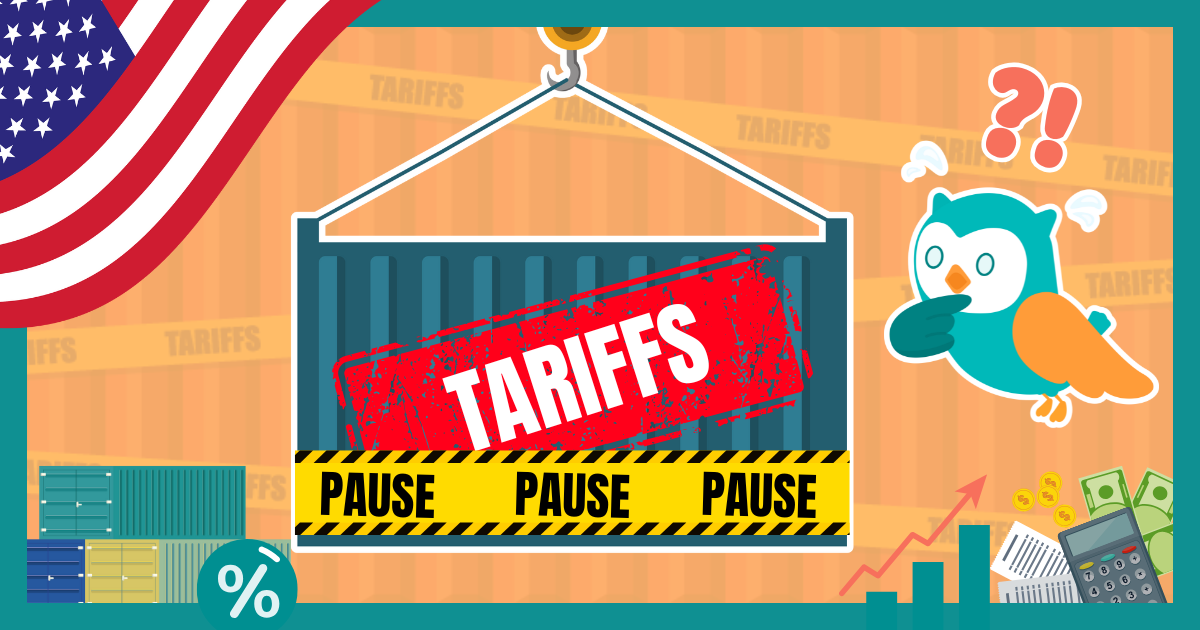Note: It was announced in November 2023 that MoneyOwl will be acquired by Temasek Trust to serve communities under a re-purposed model, and will move away from direct sale of financial products. The article is retained with original information relevant as at the date of the article only, and any mention of products or promotions is retained for reference purposes only.
______________
Find out more about the Monetary Policy Statement by the MAS
The Singapore financial market is keenly awaiting Monday’s Monetary Policy Statement (MPS) by the MAS. This statement will include guidance on where the value of SGD will be for about six months. Note that this scheduled release is advanced, possibly by a few weeks as this semi-annual MPS is always in April and October. USDSGD, like practically every currency pair, has been very volatile in recent weeks.
Here is a brief explanation of what the MPS consists of and what to look out for.
The SGD NEER (Nominal Effective Exchange Rate) is MAS’s unique way of carrying out monetary policy. Our central bank fights inflation by using the value of SGD against our major trading partners in the form of a guided trading band, unlike others who use interest rates. The policy band is always upward sloping with the x-axis representing time and the y-axis representing the value of SGD (not USDSGD but just SGD). MAS ensures USDSGD stays within this permissible trading band by intervening each time USDSGD trades close their bounds.
What are the tools to guide SGD NEER?
- There are 3 ways the SGD NEER policy band can be guided
- The slope of the band – MAS will steepen this slope to fight inflation and reduce the slope when our economy weakens. This means that MAS will allow a certain percentage of SGD appreciation every year to fight imported inflation (positive slope).
- The center of the band – This is used when there is a more significant change to the outlook for growth and inflation. This is a de facto SGD devaluation used when confronted with difficult economic challenges.
- The width of the band – The band is widened to accommodate increased volatility in the FX market. It is basically ‘to save MAS bullets’ on intervention when markets turn extremely choppy due to events.
What do most banks have as the current SGD NEER policy band?
- Slope of the band – 0.5% (0.5% p.a. appreciation of SGD agst the basket of currencies)
- Center of the band – as an estimate, this could be around 1.4240 USDSGD
- Width of the band – plus/minus 2% p.a. from center of band
What to expect on Monday?
- Whatever action MAS takes will be via the tools mentioned above. So, let’s analyse them individually:
- The slope of the band – I believe it has to be reduced significantly to flat (no slope) as the economic picture is fast unraveling, faster than Global Financial Crisis. And if the mega fiscal packages announced by DPM Heng are anything to go by, expect an aggressive move by MAS. The market has certainly priced in this possibility. So USDSGD may not move much if this is announced.
- The center of the band – For reasons cited above, MAS may not wait 6 months to devalue the SGD. There could be a re-centering of the policy band lower. This is not fully priced in by the market. So if MAS implements that, USDSGD will trade higher on the news. (Spot reference: USDSGD 1.4268 on 28 March 2020 1430 hrs)
- The width of the band – USDSGD has been trending up but still in an orderly manner. There is, therefore, no need to widen the band
David Yap is Head, Corporate Business at MoneyOwl and a member of the Investment Team. He has had several decades of experience working in large international banks, including in the trading of market instruments and foreign exchange.
Disclaimer:The information and opinions expressed herein are made in good faith and are based on sources believed to be reliable but no representation or warranty, express or implied, is made as to their accuracy, completeness or correctness. Expressions of opinions or estimates should neither be relied upon nor used in any way as indication of the future performance of any financial products, as prices of assets and currencies may go down as well as up and past performance should not be taken as indication of future performance. The author and publisher shall have no liability for any loss or expense whatsoever relating to investment decisions made by the reader.




